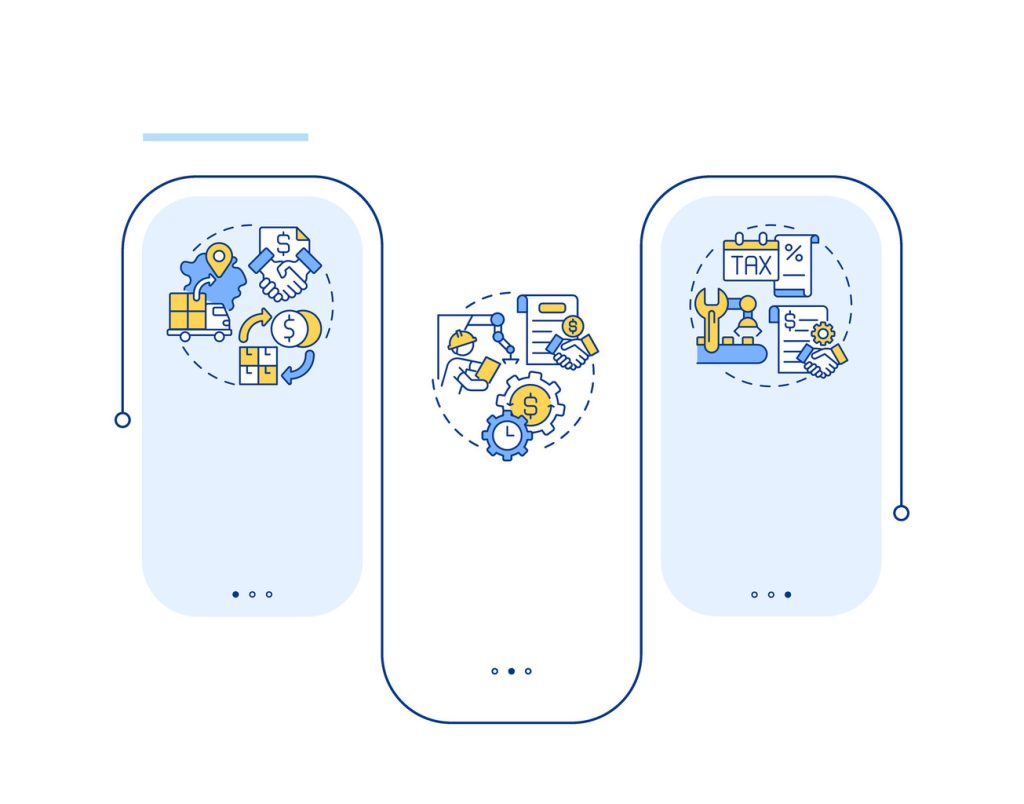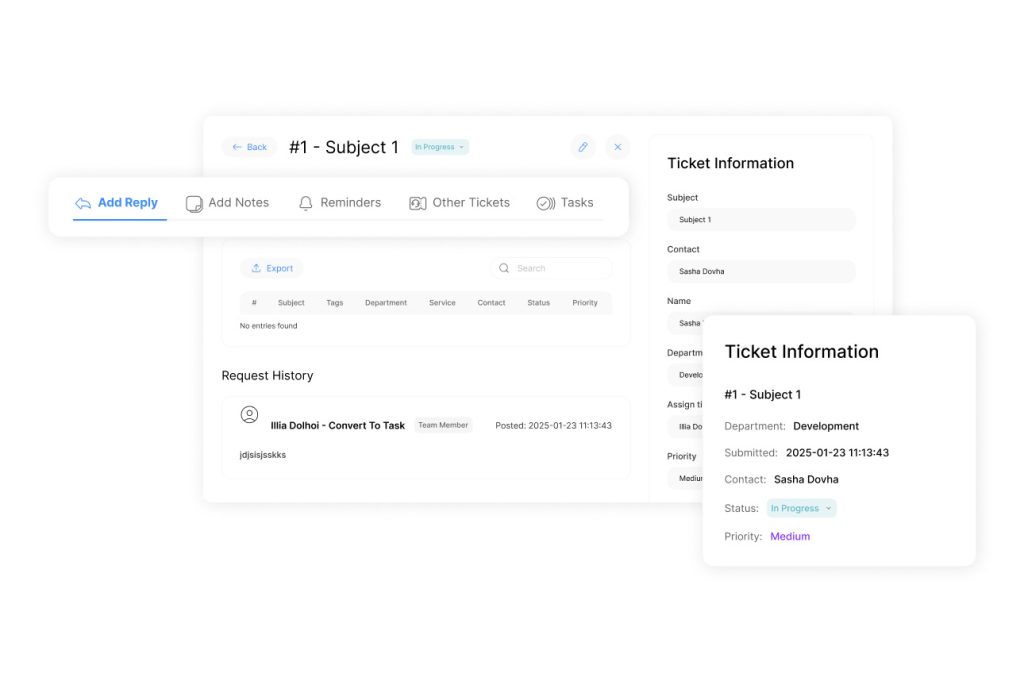How to Use Bulk Ticket Actions for Efficiency

Modern helpdesk systems let teams tackle dozens of customer requests at once. Instead of manually adjusting each case, support staff can now update statuses, reassign work, or add notes across multiple tickets in seconds. This approach cuts repetitive tasks and frees agents to focus on complex issues.
For example, universal client platforms allow changes to up to 100 cases in one action. Service desks use this to balance workloads during peak hours or quickly resolve recurring problems. Updates made through these tools appear as Web Service events, ensuring clear audit trails without mobile compatibility limitations.
Efficient teams leverage these features to maintain consistent response times. Managers redistribute assignments based on real-time demand, while agents avoid switching between screens to handle routine updates. The result? Faster resolutions, happier customers, and fewer administrative bottlenecks.
This guide explores practical strategies to maximize these tools. Learn how leading organizations streamline workflows, reduce manual errors, and scale their support operations effectively.
Key Takeaways
- Simultaneous processing slashes manual effort for support teams
- Universal platforms handle 100+ cases in single operations
- Real-time workload balancing improves service consistency
- Centralized interfaces eliminate screen-jumping tasks
- Workflow optimization boosts customer issue resolution speeds
- Practical applications reduce repetitive administrative work
Introduction to Bulk Ticket Actions

Support teams now handle groups of customer cases through streamlined batch tools. By selecting checkboxes next to specific items or using master selection controls, professionals can modify dozens of records simultaneously. This approach replaces time-consuming individual adjustments with efficient group operations.
Standard functions like assigning ownership or sharing information work across both support cases and knowledge bases. Specialized features exclusive to case management include creating relationships between entries and opening multiple instances in separate tabs. These options maintain workflow continuity while processing large volumes.
| Universal Functions | Case-Specific Tools | Impact |
|---|---|---|
| Reassign ownership | Link related entries | Faster team coordination |
| Share information | Multi-tab review | Reduced context switching |
| Track updates | Status modifications | Consistent resolutions |
Service desks achieve three key benefits through these features: standardized processes, reduced human error, and measurable time savings. Managers report 40% faster case redistribution during high-demand periods when using group modification tools.
Proper implementation requires understanding functional boundaries. Teams should verify entry types and required fields before executing large-scale changes. This prevents system conflicts while maintaining data accuracy across modified records.
Setting Up the Universal Client for Bulk Processing
Efficient teams start by mastering their central command hub. The Smart Universal Client consolidates critical tools into one workspace, eliminating fragmented workflows. This unified platform lets teams manage high-volume tasks while maintaining precision across operations.
Accessing the Ticket and Knowledge Consoles
Agents log into the Smart Universal Client to initiate large-scale adjustments. Select the Ticket Console from the dashboard for case management or the Knowledge Console for resource distribution. Both interfaces display real-time data in a scrollable table format, showing relevant entries at a glance.
Configuring Active Filters and Search Options
Begin by using the Clear Active Filters option to reset views. Create custom filters using criteria like agent assignments or priority levels. Saved presets let teams recall frequent configurations in two clicks – ideal for recurring task batches.
| Console Feature | Ticket Management | Knowledge Access |
|---|---|---|
| Default View | All open cases | Full article library |
| Filter Types | Status, Assignee | Keywords, Categories |
| Search Scope | Case details | Content body |
This setup process reduces prep time for group operations by 70% according to service desk benchmarks. Teams maintain control through visual confirmation of selected items before executing changes. The table interface highlights available actions, preventing errors during multi-entry modifications.
Performing Fundamental Bulk Actions

Streamlined workflows begin with mastering core group operations. Support teams optimize response times by executing essential modifications across multiple entries simultaneously. This approach maintains momentum during high-volume periods while preserving data integrity.
Utilizing Assign and Follow Options
To redistribute workloads, agents select check boxes next to relevant entries in the console. The assignment panel slides into view when activating the group function, displaying team availability and skill filters. “This feature cut our reassignment time by half during holiday rushes,” notes a retail service desk manager.
| Step | Assign Action | Follow Feature |
|---|---|---|
| 1 | Choose entries via check box | Enable dashboard alerts |
| 2 | Select target group/agent | Set priority levels |
| 3 | Confirm transfer | Save preferences |
Flagging and Unflagging Tickets
Critical entries require immediate attention. Teams mark priority cases through the flagging system while maintaining audit trails. Every group modification demands an activity note – a practice reducing documentation errors by 38% in one healthcare support case study.
- Use master selection for full-page flagging
- Apply color-coded tags for urgency levels
- Review flagged entries in dedicated view
These foundational processes enable teams to handle 50+ modifications per session without switching screens. Regular practice with these tools builds muscle memory for more complex group operations.
Advanced Bulk Actions on the Ticket Console
Sophisticated support scenarios demand tools that transform multi-case management. The Ticket Console’s advanced features enable teams to handle interconnected issues while maintaining operational precision. These capabilities prove particularly valuable when resolving widespread system outages or coordinating across departments.
Establishing Connections Between Records
The link functionality creates visible relationships between entries, helping teams track related cases. A financial services team lead shares: “Linking payment disputes to account updates reduced resolution time by 25% last quarter.” This tool requires matching entry types to ensure system compatibility.
| Linking Requirement | Benefit | Use Case |
|---|---|---|
| Same entry type | Prevents data conflicts | Software bug tracking |
| Consistent fields | Maintains audit accuracy | Order fulfillment chains |
Multi-Tab Review Capabilities
Agents open up to 15 entries simultaneously using the launch feature. This requires enabling browser pop-ups – a critical setting often overlooked. Support teams in e-commerce use this during holiday rushes to compare similar product return requests.
Centralized Progress Management
The update status pane streamlines workflow transitions for grouped entries. Teams:
- Select compatible cases through type filters
- Choose new stages from dropdown menus
- Add mandatory change notes
This process maintains compliance while moving 50+ entries between status tiers. Healthcare providers reduced documentation errors by 40% using this method during system migrations.
Managing Bulk Updates and Editing Ticket Details

Operational agility thrives when teams modify multiple records efficiently. Support consoles now allow simultaneous adjustments across dozens of entries, maintaining data integrity while accelerating workflows. This capability proves vital during system outages or seasonal demand spikes.
Editing Multiple Properties Simultaneously
Selecting entries in list views activates the unified editing panel. Teams modify core elements like priority levels, case categories, and resolution notes across hundreds of records. Status transitions benefit particularly – a telecom company reduced escalation time by 33% using mass updates during network failures.
| Single Entry Edit | Group Modification | Time Saved |
|---|---|---|
| Manual field entry | Template-driven updates | 72% faster |
| Individual comments | Batch note additions | 65% reduction |
Applying Automation Templates at Scale
Preconfigured response templates streamline repetitive modifications. While dynamic placeholders show raw codes during batch processing, they render correctly upon individual case access. “Standardized templates cut our holiday response time by 40%,” reports an e-commerce support lead.
Three key considerations ensure success:
- Attachment requirements demand manual additions post-update
- Communication fields like CC lists need separate handling
- Preview changes before finalizing multi-entry adjustments
These techniques help teams maintain service consistency while processing 200+ modifications hourly. Regular audits of group editing logs prevent configuration drift across high-volume operations.
Bulk Ticket Actions: Key Requirements and Best Practices
Effective group processing relies on strict system rules and strategic planning. Teams achieve optimal results by understanding platform constraints while maintaining operational flexibility. This balance ensures rapid modifications without compromising data accuracy.
Ensuring Consistency in Entry Categories
Identical entry classifications form the foundation of successful group operations. Support teams must verify all selected items share matching categories like service requests or technical incidents. A retail IT manager notes: “Mixing purchase orders with equipment repairs caused 20% failed updates last quarter.”
Status changes demand particular attention. While entries can occupy different stages, they must follow compatible workflows. Change authorization requests require identical progression paths – a rule preventing 37% of errors in financial service teams.
| Valid Operation | Restricted Scenario | System Response |
|---|---|---|
| Same category updates | Mixed-type modifications | Blocks execution |
| Multi-stage transitions | Conflicting workflows | Requires manual review |
Managing Mandatory Fields and Restrictions
Platforms intelligently handle required fields during group updates. When all entries contain complete data, these fields become optional for modifications. If one entry lacks necessary information, the system enforces mandatory completion for all selected items.
Three common limitations disrupt group processing:
- Review-locked entries during approval cycles
- Finalized records in Closed status
- Staged configuration tasks awaiting deployment
Teams should preview selected items using type filters before initiating changes. This practice reduces failed operations by 55% according to enterprise service desk metrics. Regular audits of group processing logs help identify recurring compliance issues.
Conclusion
Mastering group operations reshapes how teams handle customer support demands. By converting repetitive tasks into streamlined processes, organizations maintain service quality while scaling operations. The persistent selection feature lets teams execute sequential changes without re-selecting items, maximizing time savings after initial setup.
Platform limitations guide smarter workflows. For example, release tickets require individual handling since bulk status updates remain disabled. Recognizing these boundaries helps teams allocate resources effectively while maintaining system integrity.
Successful implementation hinges on two factors: comprehensive training and regular process reviews. Teams must understand status consistency rules and field requirements to avoid update conflicts. This knowledge transforms administrative heavy lifting into strategic customer service opportunities.
Organizations that refine these methods see measurable improvements. Reduced processing time allows staff to focus on complex cases, while consistent updates build customer trust. Periodic workflow evaluations ensure systems adapt to evolving business needs, locking in long-term efficiency gains.

